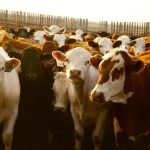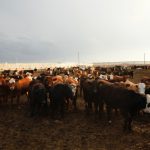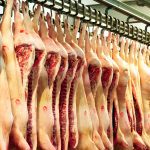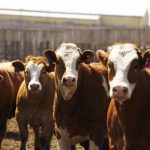Strength in the deferred live cattle futures has spilt over into the feeder complex. Alberta and Saskatchewan placements in the lighter weight categories are down from year-ago levels which is resulting in stronger Alberta fed cattle basis levels for next spring. These are the main factors influencing the calf markets in Western Canada.














